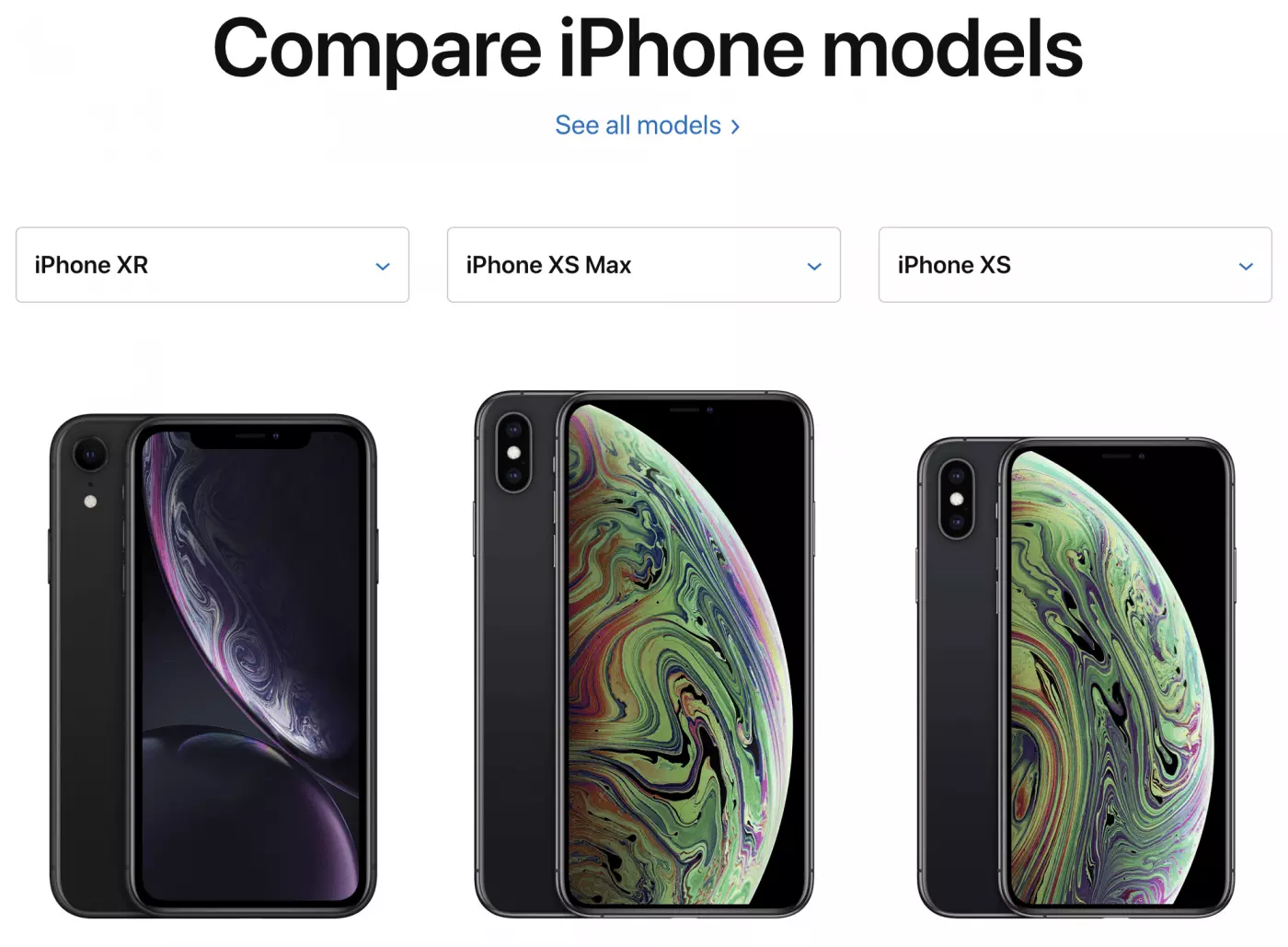Two years ago, Facebook announced that companies can send consumers automated chatbot promotions through Messenger within 24 hours of a customer-initiated interaction. Companies should be cautious however, and make sure they understand the consumer's intent to ensure that they engage that person with the right message in the right moment. This is a great opportunity for B2C companies, but too many times I've seen companies squander revenue opportunities because they lack a scientific approach.
Over the years, I’ve watched companies rise and fall, miss their targets or blow earnings out of the water. I’ve often wondered why it’s so hit-or miss, and whether it’s possible to actually apply scientific principles to engineer revenues and make them more predictable. The conclusion I came to, was yes.
Loosely defined, science is the study of the structure and behavior of the world through observation and experiment. I’ve worked closely with business executives in a variety of industries from banking, entertainment, healthcare, hospitality, retail and others, and observed their behaviors. I’ve observed highly successful companies, and I’ve observed extremely promising companies who were far less successful. I’ve looked for patterns, and I’ve seen first-hand the critical link between customer experience and customer acquisition (aka new revenue).
Businesses have long understood that treating customers well is the path to long-term success, yet so many have struggled to provide a good experience, either by phone or through digital channels. What’s more, consumers have changed the way they think about customer experience, thanks to companies like Amazon and Uber that have made it easy for consumers to get things done. Businesses are waking up to the possibilities of applying big data and machine learning to the customer experience, and ultimately, customer acquisition.
Understanding consumer intent is the cornerstone to acquiring new customers, but to understand their intent requires tapping into the abundant data that businesses already possess about customer journeys. By combining an understanding of consumer intent with leading-edge technology, businesses can consistently grow revenue and enable their marketers to better connect with and influence consumers at every touch point.
I’ve worked with companies on various customer acquisition experiments, and what I’ve found is that each of the following strategies can provide a 10-20 percent uplift. If a business were to apply all five of these strategies, I could easily envision being able to double a company’s revenue over time.
1. Personalize the Experience
Consumers are individuals, so why not offer a tailored advertisement that will be most likely to get them to engage? Even if they glance, or stare at a product/service for long enough, it provides information on what they’re interested in. If you know the customer is interested in advanced camera capabilities – don’t give them a generic Apple iPhone ad – tailor the message and serve that ad up. That helps them get to what they want more quickly. Here’s an example:
Using cognitive science, companies can grab a consumer’s attention and continuously gain insight into what works. The results of personalized ads can be cycled back through machine-learning models to constantly improve results. By dynamically blending creative content together in interesting new ways, companies can serve up ads that outperform any other dynamic creative treatments.
A large telecommunications company is doing this today, developing ad elements for multiple consumer personas and then using predictive models to make a real-time selection of ads. By integrating data from a range of sources, they are predicting customer intent and providing differentiated experiences that has resulted in a 15 percent increase in incremental sales and a 30 percent increase in customer acquisitions.
2. Provide Assistance if Required Online -- Not Just On The Phone
BI Intelligence estimates more than $4 trillion worth of merchandise is abandoned each year in online shopping carts. Four trillion. While that number may seem high, it’s not unreasonable. That’s a huge missed opportunity, however, nearly two-thirds of that (63 percent) can be salvaged and turned into completions.
One of the easiest enhancements businesses can make to address this is to add virtual assistance across their online channels. Virtual assistance allows the shopper to self-serve during their journey, and offers help when needed. Virtual assistance can also detect when a visitor’s behavior indicates a need for assistance from a live agent, and seamlessly provide a hand-off with a customer’s full context retained.
Taking this a step further, businesses can leverage prediction to prompt shoppers at just the right time in the shopping journey in order to close the sale. Virtual assistance is easy to implement and it generates results quickly without requiring a heavy, professional services-driven implementation. This can help businesses strike a balance between self- and assisted-service that can produce incremental revenue gains and significantly improve the bottom line.
3. Pass Context if the Customer Prefers to Talk by Phone… and Make it Welcoming
This is critical, as consumers hate starting over and having to repeat details about their issues. According to a Google Research Study, 90 percent of consumers cross devices in pursuit of a single goal and 98 percent move between devices in the same day. And studies have consistently shown that consumers are immensely frustrated when companies show an inability to offer service on their preferred terms. Consumers engage in stops and starts across channels and devices at will, and unless companies adapt to creating a consistent customer experience across channels, they will see high customer churn. Effort is a key metric that companies need to get their arms around.
To reduce consumer effort, businesses must offer real-time predictive analytics in and across all channels –anticipating what customers want and maintaining context across channels. It’s not a matter of whether the technology exists. It does. Companies have the power to create an effortless experience across the web, mobile, chat, social, and the phone and on whatever device that the customer chooses to use. It’s a matter of whether companies choose to exercise that power. If they do, and can provide service on the consumer’s terms, they will be rewarded with increased satisfaction, loyalty and ultimately with sales.
United Airlines is a great example of a company that passes customer context from web to chat to phone. Let’s say you’re trying to book a flight to Chicago, but your normal flight is not available. If you have to speak to someone, they will know you by name and can suggest alternative flights based on your preferences. You won’t have to repeat information. Very refreshing!
4. Optimize Bid Prices
Reaching customers at the right time is critical, which is why bidding for ads has become so critical. Yet, bids based on average daily click values are leaving millions of dollars in potential revenue and savings unrealized. It’s important that businesses know and can accurately calculate the true value of clicks, so that they never underpay or overpay for a conversion. Those that do can automatically adjust bids throughout the day, even several times an hour, enabling them to more accurately hit target metrics such as revenue growth, conversions and Life Time Value (LTV).
The following chart shows how conversion rates vary throughout the day. What it shows is that there are optimal days and times to change bids in order to maximize ROI. If the average bid is too low, you will lose out to competitors and miss the opportunity. Conversely, if the bid price is too high then you’re wasting precious and limited marketing dollars.
Apply technology to gain insight into bid price fluctuations. Armed with this insight, you can assign goals, view forecasts and analyze performance. This understanding, along with insight into on-site consumer behavior, empowers advertisers to further optimize paid campaigns. They can calculate and adjust long tail bids more effectively, giving businesses opportunities to convert customers that competitors will likely miss. I’ve seen this consistently boost campaign performance by 10% or more. In some cases, much, much more.
5. Rethink retargeting
Retargeting is all about understanding what consumers have wanted in the past, in order to market more effectively to them in the future. But when re-engaging with consumers, why not continue the conversation in a more meaningful way? In the previous example of the smartphone buyer, let’s say that for whatever reason the consumer doesn’t complete the purchase. Whatever the exact product was that they coveted previously (e.g. 8GB, metallic blue, etc.) – then show them that, and exactly that, on the next ad.
Re-engagement technology uses a retargeting methodology that understands the context and content of the ad shown and the consumer’s preferred engagement behaviors to make the next ad more relevant. Predictive retargeting uses advanced machine-learning models that make better predictions about future intent and drives better results. Combining retargeting and predictive targeting can dynamically deliver smarter ads with 200% better engagement.
What it all comes down to is using big data to better understand your customer. By following these steps, your business can achieve more effective customer acquisition at lower cost, increase its understanding of how media spending is driving revenues through marketing campaigns and leverage the billions of consumer interactions that happen annually.
I will continue to explore these topics, and will continue to offer my observations of this ongoing experiment we call business.




Leave your comments
Post comment as a guest